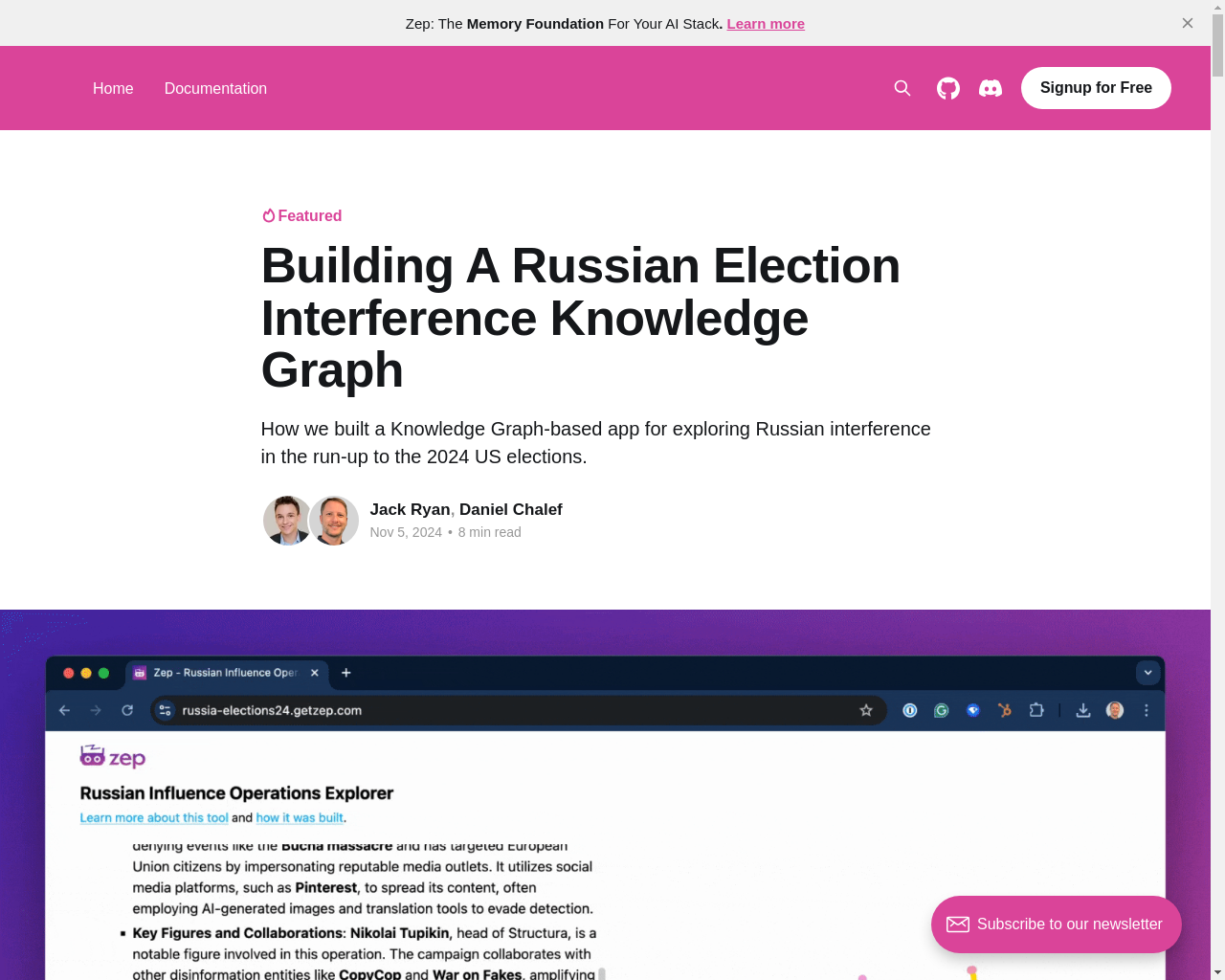

Highlight 1
Comprehensive dataset integration which enhances the quality of insights and analyses provided by the tool.
Highlight 2
Effective visualization capabilities enable users to explore data and relationships intuitively, improving comprehension of complex information.
Highlight 3
Strong focus on bias and causality challenges ensures that users receive more accurate and reliable information in their analyses.

Improvement 1
The user interface could benefit from more intuitive navigation paths to help new users familiarize themselves more quickly.
Improvement 2
Adding tutorials or onboarding processes could enhance user experience by guiding users through the tool’s features.
Improvement 3
Expanding documentation and support materials could help users better understand how to leverage the Knowledge Graph effectively in their analyses.
Product Functionality
Consider adding more interactive elements that allow users to manipulate and filter the data dynamically and generate custom reports.
UI & UX
Improve the user interface by incorporating a cleaner design with more defined paths for navigation and explicit calls to action.
SEO or Marketing
Enhance marketing strategies by promoting user success stories and case studies to illustrate the tool's effectiveness in analyzing foreign influence.
MultiLanguage Support
Introduce multi-language support to cater to a wider audience, allowing non-English speakers to access and utilize the tool effectively.
- 1
What is a Knowledge Graph?
A Knowledge Graph is a structured representation of information that shows relationships between different entities, allowing users to explore and analyze complex data visually.
- 2
How can I access the Explorer tool?
You can access the Explorer tool through the provided link: https://russia-elections24.getzep.com/.
- 3
What sources were used to build the Knowledge Graph?
The Knowledge Graph was built using approximately 60 sources, amounting to around 6 million input tokens, covering various aspects of Russian election interference.
